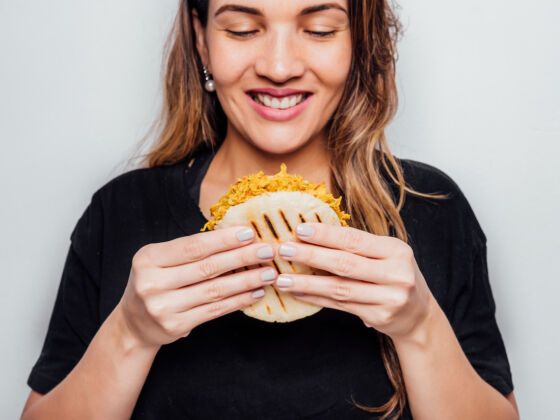We turn on the TV, and there’s a new diet regime. Some movie star is strutting around in a bikini for Jenny Craig. Pie charts and bar graphs show us that heart disease is the deadliest killer in the USA. Is any of this getting through?
Some people, like Britain’s Jamie Oliver, feel a revolution is needed now. Food Revolution is his reality show, and it takes place in Huntington, West Virginia where obesity runs rampant. The approach is simple: expose the truth, shock people and educate the masses.
Changing how we see food
